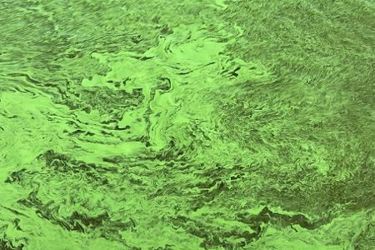How Ohio's Farmers Are Fighting Nutrient Pollution


As we enter warmer months and ideal water conditions for surges in toxic algal blooms, the agricultural industry in one heavily impacted state may demonstrate fundamental solutions to the problem.
“Nitrogen and phosphorus starve rivers and lakes of oxygen and cause harmful algae blooms that contaminate drinking water and kill aquatic life,” Yahoo! News explained. “Algae blooms forced Toledo residents to use bottled water for several days in 2014 when blooms made water from Lake Erie unsafe to drink.”
Following that high-profile drinking water contamination crisis, Ohio has attempted to tackle nutrient contamination at its source, incentivizing its farmers to keep nitrogen and phosphorus runoff out of watersheds. The Ohio Department of Agriculture’s H2Ohio project has seen $172 million go toward farmers willing to take such actions.
“The list of best practices includes planting cover crops to keep the soil in place, using buffers such as trees to shield rivers and streams from nutrient runoff, planting in untilled fields, installing drainage tiles, and measuring nutrient levels in the soil to prevent overuse,” per Yahoo! News. “Farmers can’t stop using the nutrients that cause algae blooms, but they can find ways to keep those nutrients in the soil and out of water.”
In the Lake Erie watershed, about 1.6 million acres of farmland are covered by H2Ohio participants, representing nearly 40% of the area’s total farm acreage. While the efficacy of the program is yet to be determined, its initial popularity may be creating a national model that could be adopted elsewhere. And that’s becoming increasingly important as more states are impacted by harmful algae bloom.
Florida, for instance, is wrestling with growing blooms in its own source water.
“Over the past decade, Florida has developed a new season: algae season,” TCPalm reported. “It gets so bad each year, the algae bloom is tracked and measured — from space.”
To read more about how water systems across the country attempt to combat harmful algae bloom contamination, visit Water Online’s Nutrient Removal Solutions Center.
